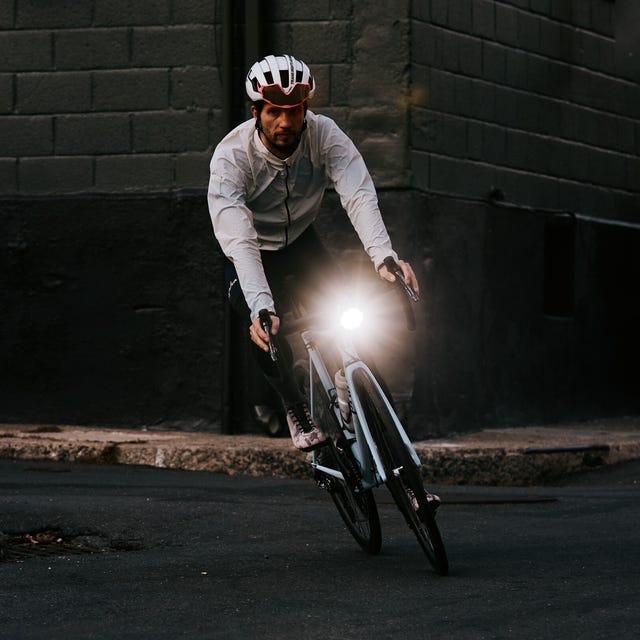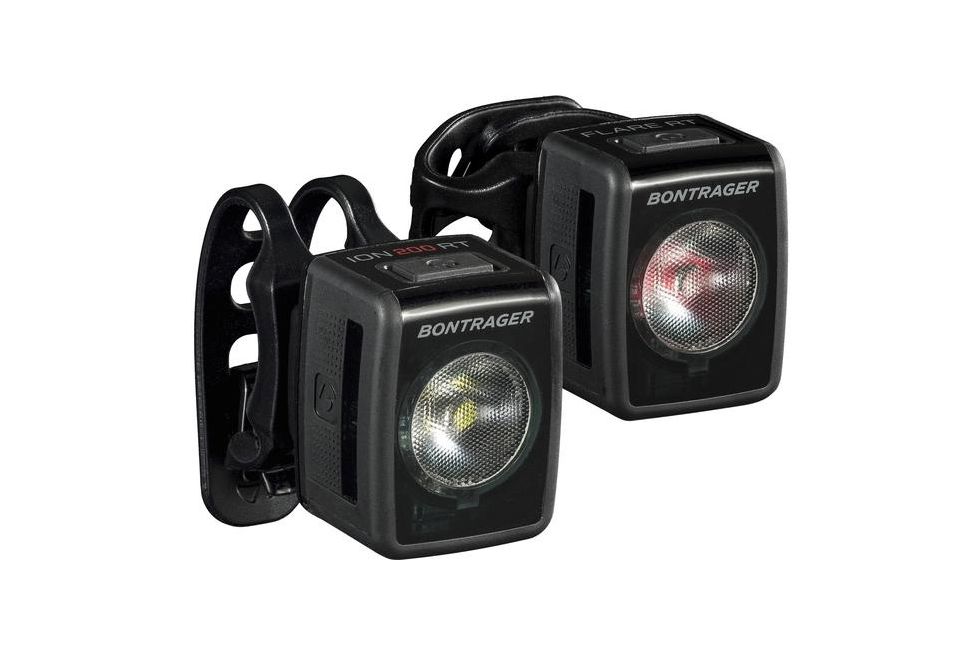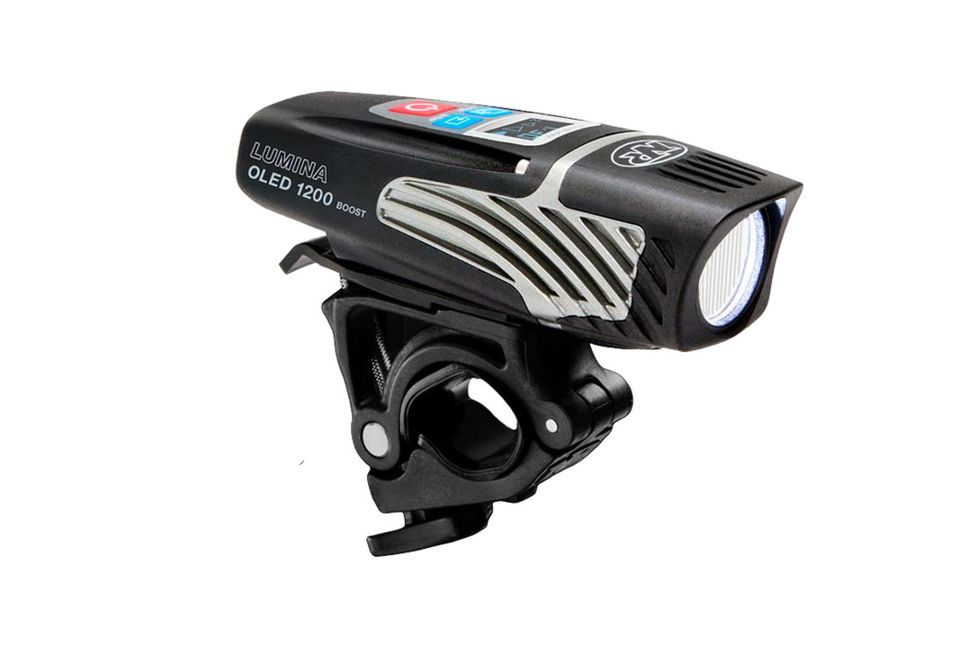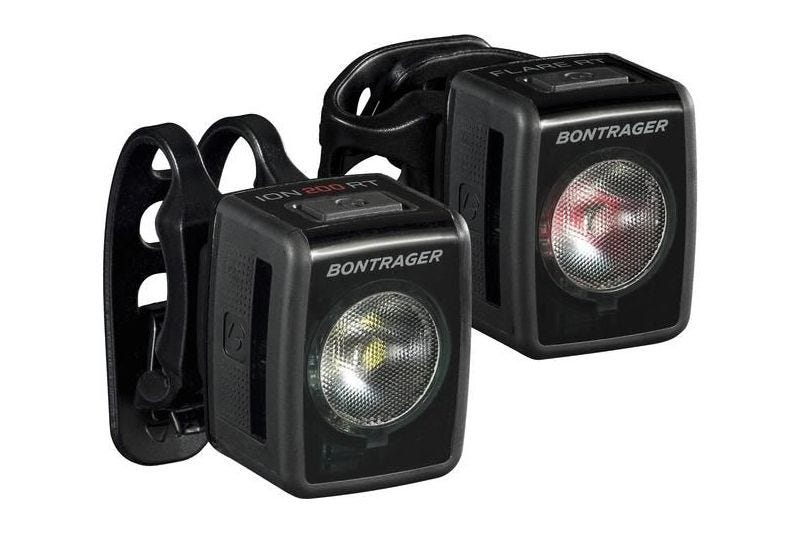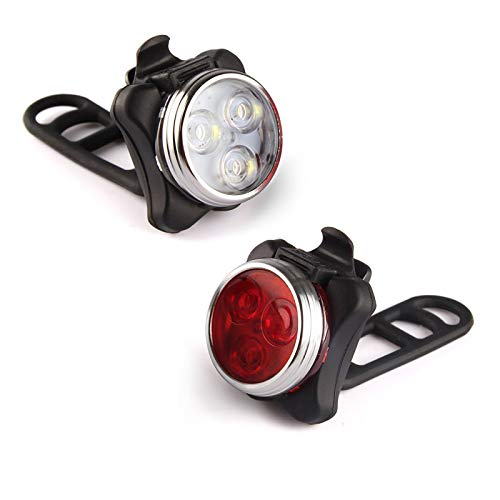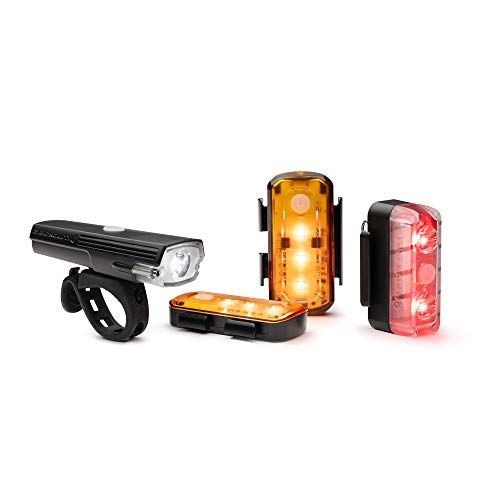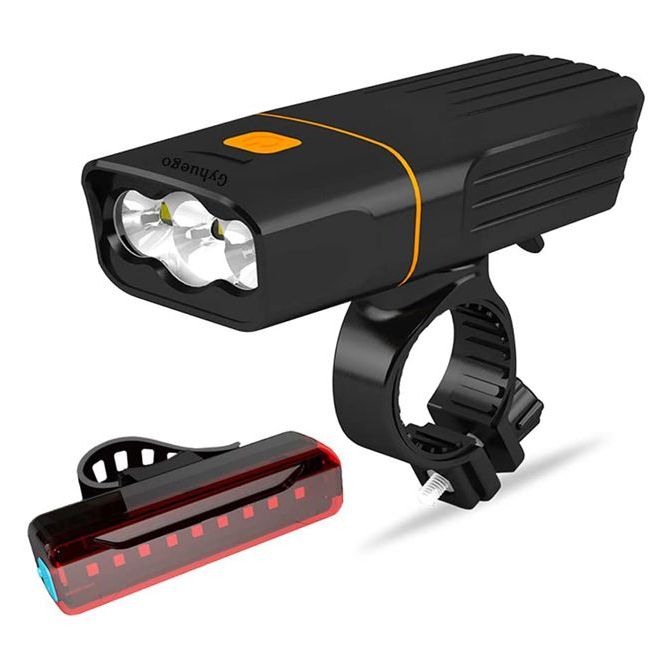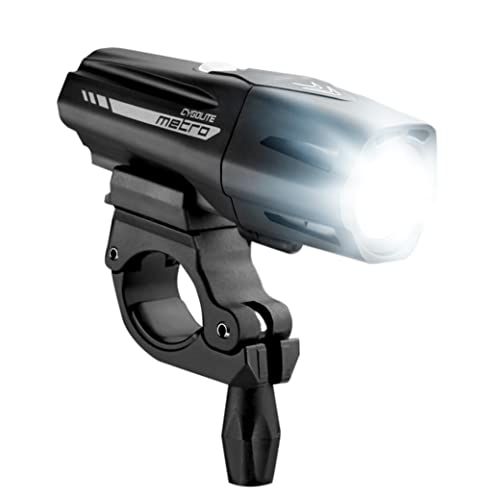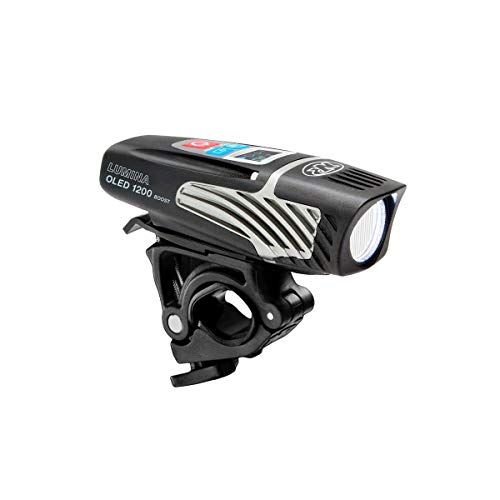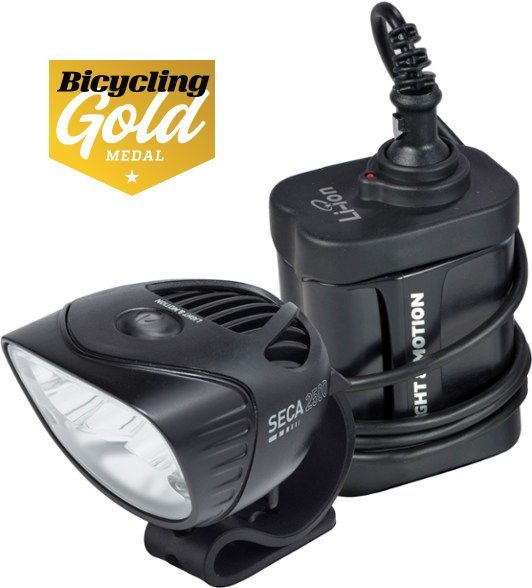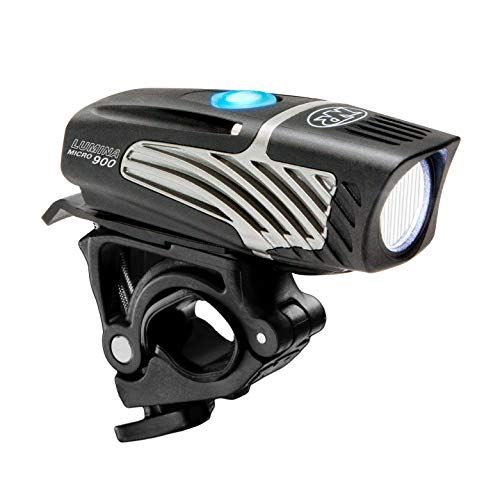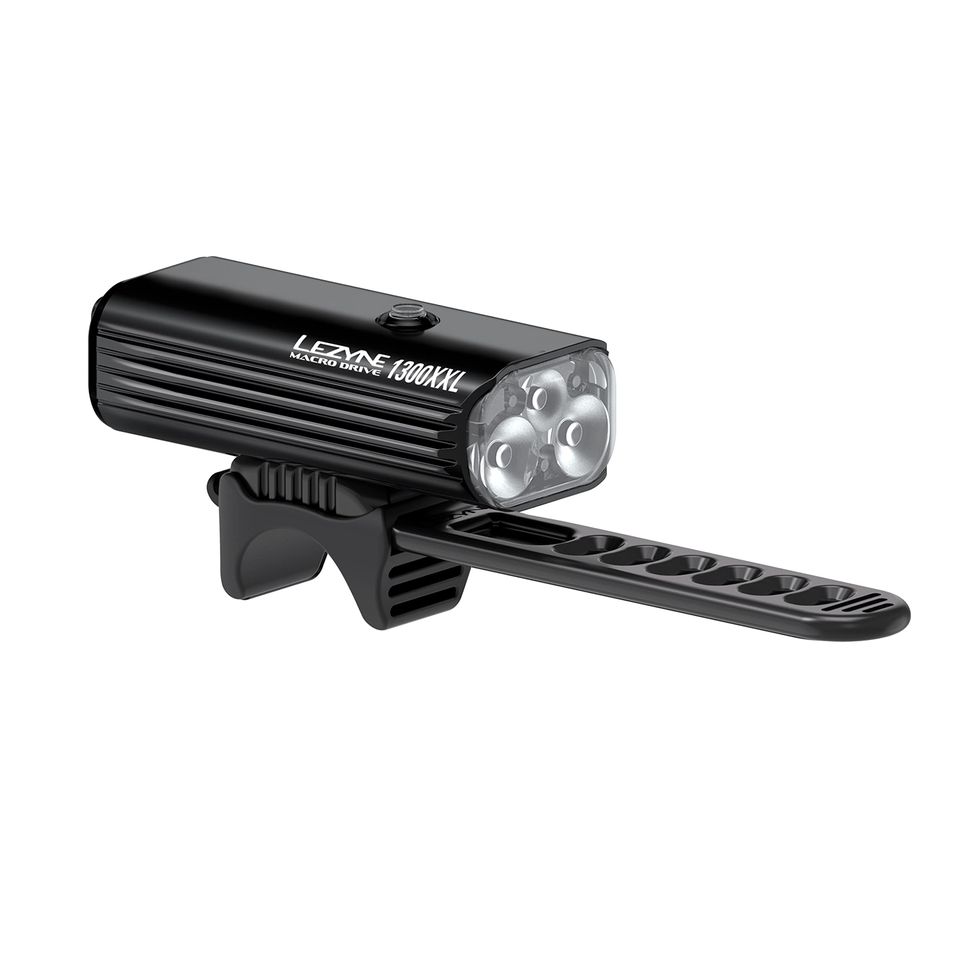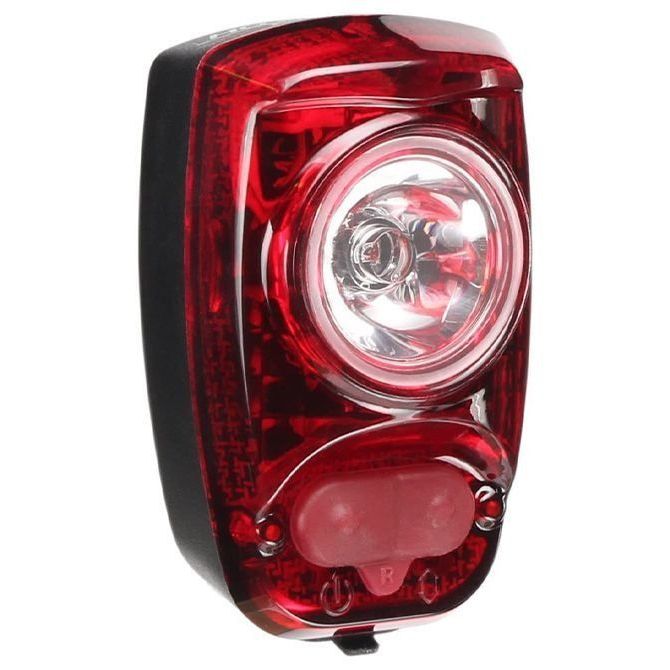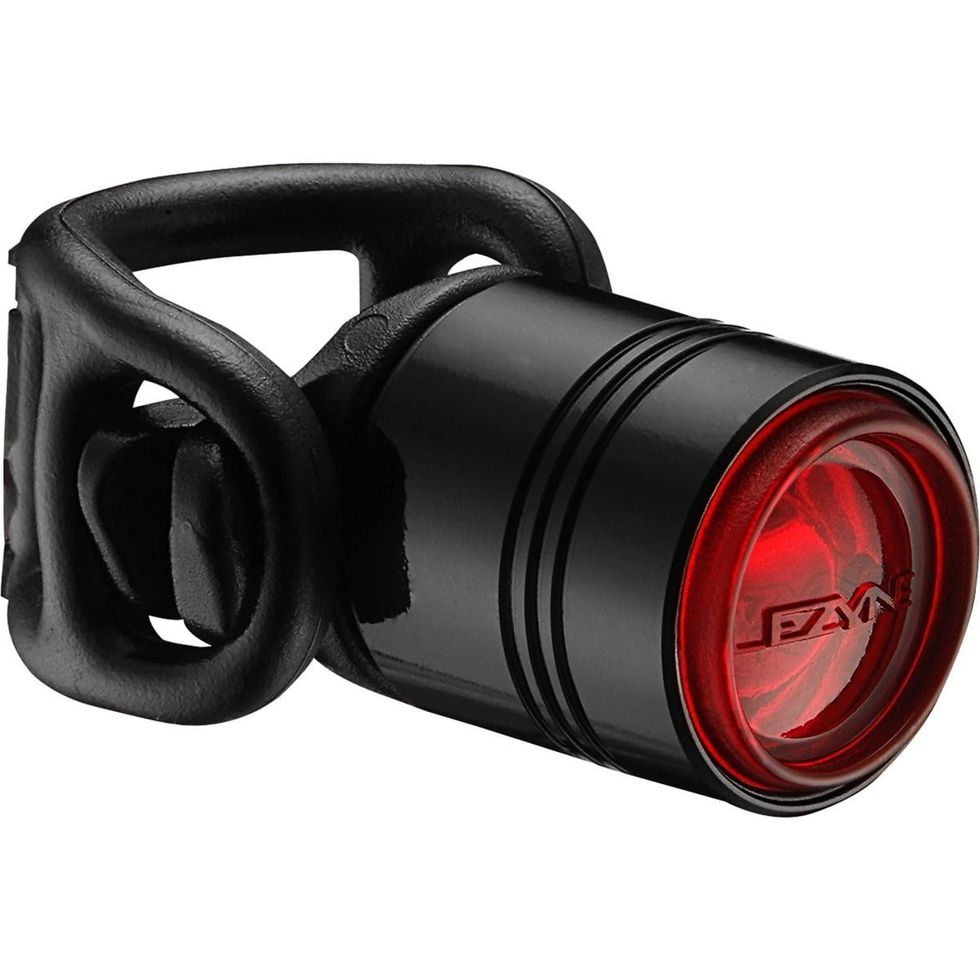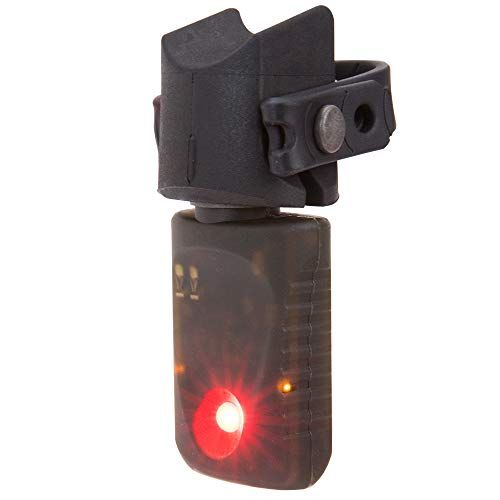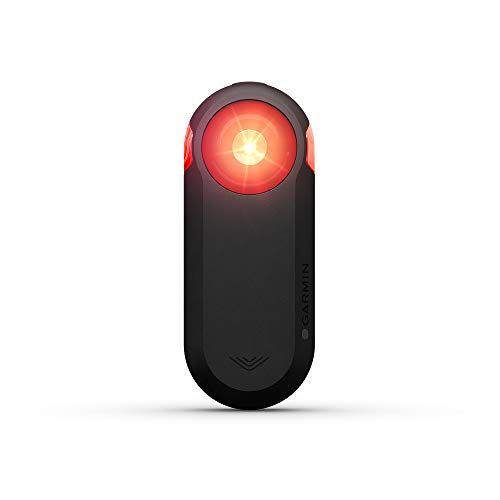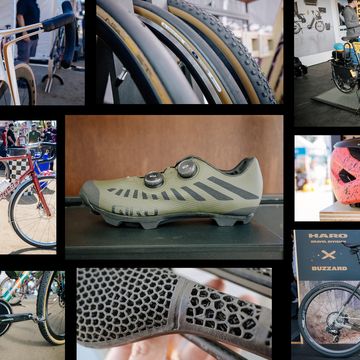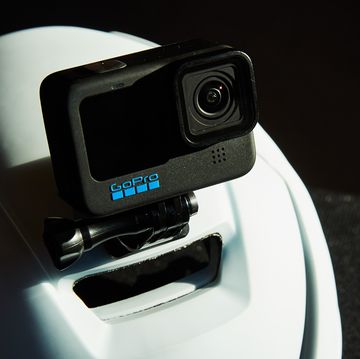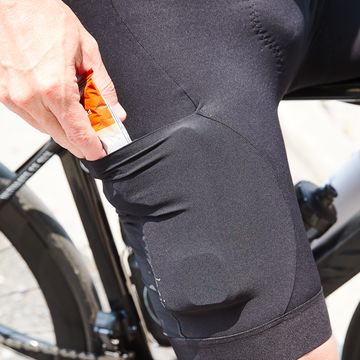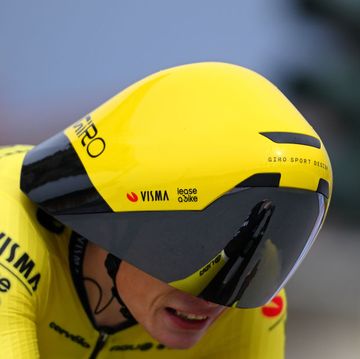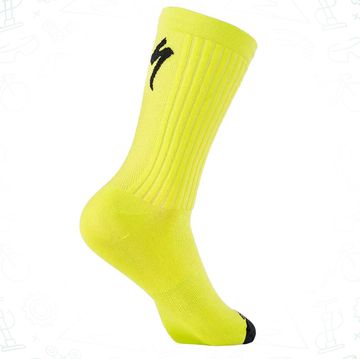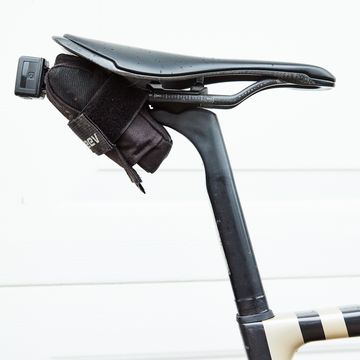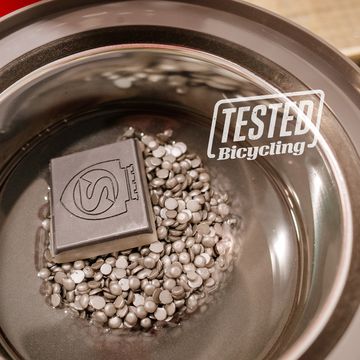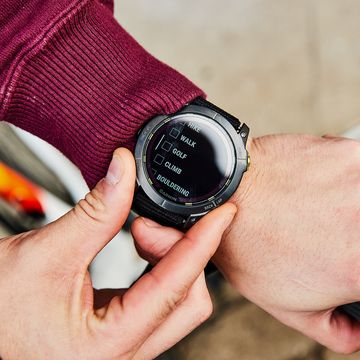Over the past decade, big improvements have been made by light manufacturers to increase the output and reduce the weight of bike lights. That progress is driven by the switch to efficient LED lamps that produce dramatically more light per watt than older halogen or metal-halide bulbs and lithium batteries that pack more power into smaller packages. Both technologies have helped make brighter lights with similar or longer run times than before in smaller, lighter systems.
Below are six of our top bike-light choices. Scroll deeper for more in-depth reviews of these and other high-ranking options, plus some buying tips and advice.
The Best Bike Lights
- Best Daytime Lights: Bontrager Ion 200 RT / Flare RT Light Set
- Best Value Daytime Lights: Ascher USB Rechargeable
- Best Full System: Blackburn Luminate 360 Bike Light Set
- Cheapest Headlight: Gyhuego USB Rechargeable Bike Light
- Best Budget Light: Cygolite Metro Plus 800
Where and When Will You Use the Lights?
When selecting a light set-up, the first question to answer is do you need to see or be seen?
For being seen a front and rear blinker set will usually be sufficient. If you typically commute to work in daylight or at dawn and dusk when the light is low, these are a must-have item. Many options do a great job, charge fast, and are affordable.
Join Bicycling All Access for more gear picks!
When riding on the trail at night, seeing where you are going is key to avoiding getting hurt or becoming lost. For trail use, bright front lights are most important, as well as runtime on the light. When mountain biking, the combination of a bar-mounted lamp and a helmet-mounted light will help you see through corners and more easily pick up things like rocks in the shadows.
If you commute in the hours before sunrise and after sunset, or ride on the road or paths at night, seeing and being seen are both important. A powerful front headlight paired with a blinking taillight is necessary for these situations. Also keep in mind that the brighter the ambient light, the brighter the system you’ll need for visibility. Rear blinkers that put out 15 lumens may seem bright after dark but are harder to pick out in full sunlight.
Do You Need a Rear Light Only or a Full Set?
If you ride only in daylight and your budget doesn’t allow for a full light set, at the very least start with a rear blinker. It will help make you more visible from behind. You can always invest in a front light later, especially if you wish to extend your rides to before or beyond daylight. For the budget-minded, you can often score a better deal when buying lights as a front and rear set or bundle. One of our favorite front and rear blinker combos costs under $20.
Where Do You Want to Mount Your Light?
Most headlights mount to the handlebar, but some models can also be helmet-mounted. The handlebar mount is a good first location—it’s more secure and isn’t dependent on a snug helmet fit for steady illumination. Helmet mounts are more appropriate for night mountain bike rides, when you may want illumination to follow your gaze (say, around a switchback) rather than where the bike is pointing. A helmet mount can also be a good secondary location if you run two headlights, as the beam patterns from the different positions fill in shadowed areas and provide more even illumination.
Is Brightness All That Matters?
It is tempting to use max lumen output when shopping for a light, but as our testing shows, this often does not indicate how much actual light a given light will produce throughout your ride. A better place to focus is on a light's secondary mode or its medium setting. This is where many lights deliver more consistent light output over a longer, more usable period of time.
One final thing to consider is beam pattern, which can sometimes be the secret sauce that makes a good light great but can also be subjective. For instance, many mountain bikers will prefer to use a wider beam (or flood) light on their bars for general trail illumination. Then pair it with a more focused spotlight on their helmet to throw as much light as possible in the direction they are looking. Commuters, on the other hand, might want a light that combines the two functions by using multiple LEDs with different lens geometries to simultaneously produce both kinds of beams.
What Should You Look For and What Should You Avoid?
When purchasing new lights, look for sturdy, no-slip attachments; an easily removable light body for charging and theft prevention; battery indicator lights or sounds to alert you when it’s time to recharge the system; and an IPX water-resistance rating of five or higher (anything lower and a splash, spray, or spritz is as much as they can handle). Try to avoid anything that’s not a purpose-designed bike light. Sure, you can duct-tape a Maglite to your handlebar—there are even handlebar mounts for them—but that doesn’t make it a bike light.
How We Tested
Our test team spent many hours riding in the dark with these lights strapped to our bars and helmets. We mixed commuting miles with night rides on mountain bike trails and the road, using the lights for intended and unintended purposes. We gauged battery life based on real-life usage, did our best to shake the lights loose to test how well their mounts worked and evaluated the effectiveness of the beam pattern.
Additionally, we put several popular lights on the market through extensive lab testing using an integrating sphere. This hollow instrument has a white reflective interior that scatters light evenly inside, allowing us to take accurate measurements of that light using a light meter.
Rear the Full Review From Our Lab Testing on Lumen Ratings
BUNDLES
Best Daytime Lights
BONTRAGER ION 200 AND FLARE RT
For such tiny lights, the 200-lumen Ion 200 RT (front) and Flare RT (rear) daytime lights pack a lot of power—Bontrager says they’re visible from 1.25 miles away. With multiple steady and flash modes and the ability to control them from your cycling computer, they’re also the most user-friendly lights on this list. The rubber straps on the Ion attach tool-free to almost all handlebars, making it easy to remove or swap to a different bike. The light can also rotate to be better oriented depending on where you’ve decided to mount it. The taillight clip is angled to match your seat tube angle, shining the light straight back rather than slightly downward, and the USB charging port has an IPX7 rating, meaning it can be submerged for 30 minutes in up to one meter of water. Be sure to push the rubber charging port cover firmly back in place when removing the light from the charger. Should you forget, road spray can get into the USB port and short out the light. It’s an expensive set, but it stands the test of time.
Best Value Daytime Lights
ASCHER USB RECHARGEABLE BIKE LIGHT SET
They aren’t as small and sleek as the Bontrager Ion 200 and Flare RT light set, but these lights are $110 cheaper, so the extra size and less refined shape are a reasonable trade-off. Choose between two steady and two flash modes, and confidently get 2.5 to 10 hours of run time, depending on flash mode. We consistently got more than 10 hours of run time on fast flashing mode and love these lights because we can safely do multiple rides on a single charge. Even better, these batteries don’t deteriorate quickly—we’ve been using our set for more than a year. Last but not least, the micro USB charging port has a rubber cover so there is no need to fret if you get caught in the rain.
Best Full System
BLACKBURN LUMINATE 360
The Luminate 360 set takes Blackburn’s already popular Dayblazer 400 and Dayblazer 65 head and taillights and adds two sidelights, which you can attach to the fork, down tube, or top tube. This is especially useful when you’re crossing an intersection and want the driver next to you to see you before making a right turn. Count on getting a 90-minute run time at 85 lumens or up to six hours at 50 lumens on the low strobe setting. The Dayblazer 400 headlight remains the same, giving you four modes to choose from, ranging from 200 to 400 lumens with 10- and one-hour run times, respectively. The Dayblazer 65 taillight can shine for up to six hours at 35 lumens, or 1.6 hours if you run it in the 50-lumen solid mode. All four lights mount via rubber straps and can be recharged with a micro-USB cable.
Cheapest Headlight
GYHUEGO USB RECHARGEABLE BIKE LIGHT
This budget light found on Amazon makes bold claims: 10 hours of run time at 3,000 lumens. We were unable to verify the lumens claim, but in using this light we can attest to the fact that it is incredibly bright and the battery life—10 hours on full power—is astounding. Once battery life gets low, just after the 10-hour mark, the light switches to a lower setting to save power but keeps running for nearly four more hours. We haven’t used it long enough to know how the battery stands up to repeated charging cycles, so check back for updates. The set includes a taillight, which leaves something to be desired in terms of visibility, but for $23 it’s hard to knock it.
HEADLIGHTS
Best Budget Light
CYGOLITE METRO PLUS 800
The Metro Plus 800 was the cheapest light in our lab testing, but it had the smallest falloff from its peak output, dropping just 9.8 percent over 30 minutes. The beam pattern is very close to a spot, but there’s enough light thrown to the side to feel comfortable using this light on the road. The Metro Plus would be a good backup or helmet light (paired with a wider beam on the handlebar) for mountain biking. The main downside of the Metro Plus is its short run time: only an hour on its max output setting.
Best Battery Life
NITERIDER LUMINA OLED 1200 BOOST
Commuting, mountain biking, and gravel riding—the rechargeable Lumina is good for all three. At full power, it blasts out 1,200 lumens in a widespread beam that nicely illuminates the road or trail up to 20 yards ahead. Its OLED screen shows the remaining battery life for whichever of the five light levels and four daylight flash modes (from 275 to the max 1,200 lumens) you’re using. When the battery gets close to empty, the Lumina automatically shifts down to the lowest setting to preserve juice. In testing, we found the battery indicator to be pretty accurate, and in twilight and post-sunset riding conditions, we were able to get almost two hours of life by making good use of the various settings to save power. After 15 months of consistent use, albeit less in the summer, this light is still one of our favorites.
Best For Mountain Biking
LIGHT & MOTION SECA 2500 ENDURO
The Seca 2500 Enduro can put out a lot of light. Even though in the lab it fell short of its claimed 2,500 max lumen rating, it was still pumping out nearly 2,000 lumens 30 minutes into our test. The Enduro’s main drawback is its bulk and heft. It’s 501 grams for the whole package, and you’ll need to find a place to mount the battery as well. The wide beam pattern and ample light output easily lit up the trail or road in front of the bike. On a lower mode of 625 lumens, the Enduro boasts a run time of 10 hours, so you don’t have to worry about running out of light.
Best Small Light
NITE RIDER LUMINA MICRO 900
The Micro 900 is a simple light that packs a lot of great features into a compact package. On the mountain bike, the Micro 900 should be combined with another light, either bar- or helmet-mounted. It can also work as a backup light; it’s so small it’s not hard to carry. Though the Micro 900 is too small to be your only light for trail riding, you could buy three of them (and still have money left) for the price of our top-rated Seca Enduro mountain biking light. So if your budget is tight and you want to get into the woods at night, grab two of these—one for the bar and one for your helmet—and you’re good to go. On the road, we found it to be very useful as our main light source riding through a mix of well-lit city streets and dimmer suburban lanes.
Best All-Around Light
LEZYNE MACRO DRIVE 1300XXL
The Lezyne Macro Drive 1300XXL impressed us with its long list of features, reasonable price, and excellent performance both in the lab and in real-world testing. At 2.5 hours, it had one of the longer run times on max in our lab test. This makes it useful when riding deep in the woods. After 30 minutes of our lab test, the Macro Drive still produced over 1,000 lumens, dropping only 17 percent from its claimed peak output of 1,300 lumens. The Macro Drive uses a squat, oval-shaped beam pattern. It still functions, more or less, like a spotlight but with a bit more light thrown side-to-side. It’s a great light that can do it all at a very reasonable price. The Macro Drive’s only drawback is weight. At over 200 grams, it’s noticeable on the helmet, especially on rides longer than an hour.
REAR LIGHTS
Best Value Taillight
CYGOLITE HOTSHOT
You’d be hard-pressed to find a more feature-rich taillight than the 50-lumen, USB-rechargeable, 30-buck Hotshot. Two buttons allow you to toggle between customizable blinking and strobe modes, as well as six programmed daytime and nighttime modes: steady, zoom, triple flash, random flash, DayLightning (bright flashes to call attention to you when the sun’s up), and SteadyPulse (a beam that gradually changes intensity to keep motorists alert at night). Though the Cygolite is intended for commuter use, we found the clamp is strong enough to survive bumping and jostling over rocks and roots during mountain bike rides, too. And after accidentally sending it through the wash, we can vouch for its water resistance.
Best Compact Design
LEZYNE LED FEMTO DRIVE REAR
The Femto taillight is small, simple, and unobtrusive. It comes in several anodized colors and attaches just about anywhere via one stretchy strap or its clip-on system. The red lens, which doubles as the power button, shines in 180 degrees but puts out only seven lumens (a flash boosts visibility). This isn’t the brightest taillight out there but it runs on a convenient USB charge. But for the price, it’s a handy option for clipping to backpacks, belts, or pockets
Best Smart Technology
LIGHT & MOTION VYA SMART
In addition to the standard features, the Vya—a 50-lumen, USB rechargeable taillight visible at just over half a mile and lasting up to eight hours on a full charge—does something not many others do. It uses smart sensor technology to adjust to the ideal light mode. Simply insert the Vya into its mount, start pedaling, and the light turns on when it senses motion, flashing in daylight and shining steadily at night. Stop pedaling (or remove the light altogether) and it shuts off. But don’t worry when you stop at intersections; there’s a slight delay before the system shuts off.
Best Safety Features
GARMIN VARIA RTL515
The Varia has all the typical features of a taillight: solid, night flash, and day flash modes; 220 degrees and up to a mile of visibility; and a slim, vertical design that easily attaches to a seatpost. So why the high price? It can also warn you of approaching vehicles. Using a radar display unit (for which you’ll have to pay an extra $160) or a compatible Garmin device (the list is endless), the Varia senses vehicles approaching from behind and sends a visual and audible alert to your device. It also automatically adjusts its blinking pattern to alert drivers of your presence. It’s not as useful on busy roads when there are always cars around, but it provides additional comfort and awareness in areas with intermittent traffic, especially as quieter hybrid and electric cars become more prevalent.
As Deputy Editor, Tara Seplavy leads Bicycling’s product test team; after having previously led product development and sourcing for multiple bike brands, run World Championship winning mountain bike teams, wrenched at renowned bicycle shops in Brooklyn, raced everything from criteriums to downhill, and ridden bikes on six different continents (landing herself in hospital emergency rooms in four countries and counting). Based in Easton, Pennsylvania, Tara spends tons of time on the road and trail testing products. A familiar face at cyclocross races, crits, and bike parks in the Mid Atlantic and New England, on weekends she can often be found racing for the New York City-based CRCA/KruisCX team. When not riding a bike, or talking about them, Tara listens to a lot of ska, punk, and emo music, and consumes too much social media.
Test Editor Dan Chabanov got his start in cycling as a New York City bike messenger but quickly found his way into road and cyclocross racing, competing in professional cyclocross races from 2009 to 2019 and winning a Master’s National Championship title in 2018. Prior to joining Bicycling in 2021, Dan worked as part of the race organization for the Red Hook Crit, as a coach with EnduranceWERX, as well as a freelance writer and photographer.
